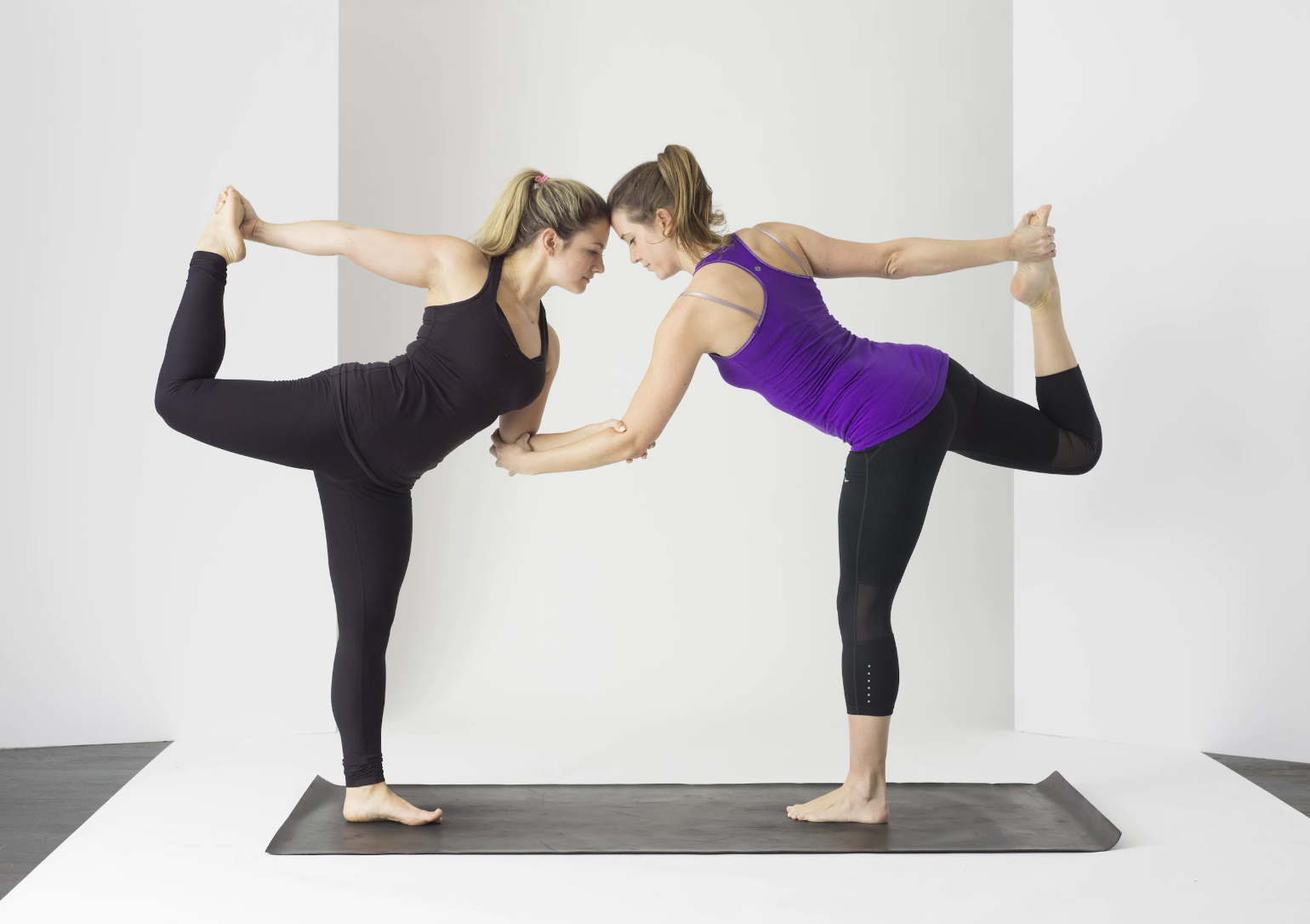Physical Address
304 North Cardinal St.
Dorchester Center, MA 02124
Physical Address
304 North Cardinal St.
Dorchester Center, MA 02124
After World War II, recreational pursuits that emphasized health, like running, gained popularity. Dr. Bill Orban’s Royal Canadian Air Force Exercise Plans, which were created and published in 1961, contributed to the development of contemporary fitness culture.
The American Air Force’s Col. Pauline Potts and Dr. Kenneth H. Cooper, both physical therapists, promoted the idea of aerobic exercise. Cooper began investigating preventive medicine in the 1960s. After being attracted by the notion that exercise might maintain one’s health, he carried out the first in-depth study on aerobic exercise on more than 5,000 members of the U.S. Air Force. He first used the term “aerobics” in 1966. In 1968, two years later, he released a novel with the same title. He founded the Cooper Institute in 1970 as a non-profit organization for preventive medicine research and education. In 1979, he released a mass-market edition of his book The New Aerobics. Cooper is now referred to as the “father of aerobics” since he inspired millions of people to get exercising. In the 1970s in the United States, aerobic dancing workout routines became increasingly popular thanks to Jacki Sorensen’s creations and Judi Missett’s development and expansion of Jazzercise. Both were influenced by Cooper’s book.

The 1970s saw a continuous growth. The Olympics, the New York City Marathon, and the introduction of cushioned shoes served as inspiration.
After Jane Fonda’s Workout workout video was released in 1982, home aerobics gained popularity all over the world. Step products and programs from Reebok sneakers helped to make step aerobics popular in the 1990s.
Take into account the ten techniques listed below to feel healthier and live life to the fullest.
Exercise that involves movement can:
1. Prevent viral infections
Your immune system is positively activated by aerobic exercise. You might become less vulnerable to viral infections like the flu and the common cold as a result.
2. Control persistent circumstances
Blood pressure can be lowered and blood sugar can be managed with aerobic activity. In arthritis sufferers, it might lessen pain and enhance function. Cancer survivors’ quality of life and physical fitness can both be enhanced by it. Aerobic exercise may assist you in managing your coronary artery disease.
3. Make your heart stronger
A heart that is stronger doesn’t need to beat as quickly. Additionally, a stronger heart pumps blood more effectively, enhancing blood flow to every part of your body.
4. Increase your mood.
The melancholy of sadness may be lessened, the tension brought on by anxiety may be lessened, and relaxation may be encouraged through aerobic activity. It can raise your sense of self-worth and mental health. It may also help you sleep better.
5. Continue to be independent and active as you age
As you age, maintaining muscle strength through aerobic exercise might help you keep your mobility. Exercise can help older persons reduce their risk of falling and suffering injuries from falls. Additionally, it can raise your quality of life.
Exercise keeps your mind sharp as well. In older adults, regular physical activity may assist preserve cognitive function, including memory, reasoning, judgment, and thinking abilities. Children and young adults’ cognitive abilities may also be enhanced by it. Even the development of dementia may be delayed, and those who already have it may have cognitive improvements.

Are you willing to exercise more? Great. Just keep in mind to take baby steps at first. Get your doctor’s approval before beginning any exercise if you’ve been sedentary for a while or have a chronic health issue.
Start cautiously when you’re ready to start working out. You could go for a five-minute walk in the morning and in the evening. Any form of exercise is preferable to none at all.
The following day, lengthen each walking session by a few minutes. also quicken the speed a little. Soon, you may be engaging in regular aerobic activity by walking briskly for at least 30 minutes a day, five days per week. If you exercise more, you’ll profit even more. Aim to move more throughout the day and sit less.
Lacking time? Try HIIT for a fantastic exercise that has many of the same advantages as a regular aerobic workout in less time. In interval training, you switch between longer stretches of less intense activity and shorter bursts of greater intensity.
Cross-country skiing, aerobic dancing, swimming, stair climbing, biking, jogging, elliptical training, or rowing are further possibilities for aerobic exercise.
Ask your healthcare physician about alternatives if a medical condition prevents you from engaging in aerobic exercises. Aquatic workouts, for instance, may provide you with the advantages of cardiovascular exercise without placing stress on your joints if you have arthritis.
For more information you can click: